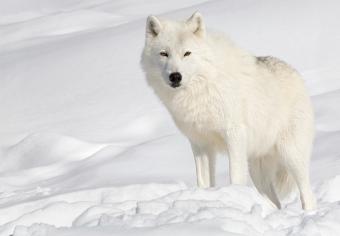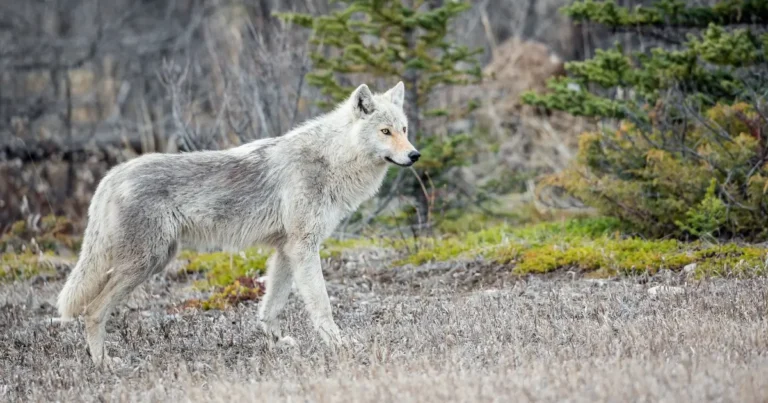
Since Cecil the African lion was slayed by an American dentist on holiday earlier this year, trophy hunting has been a hot topic online and in the traditional media. Taking a piece of an animal killed is a way of showing the “success” of a hunt, or the “skill” of the hunter involved.
Airlines like Delta, American and United have stated they will not transport some trophies anymore, given how controversial the topic has become. In France and Australia, fewer permits to import trophies are being issued while new legislation is considered.
In Canada, the debate about trophy hunting has primarily been limited to grizzly bears in British Columbia – one of the few recognized trophy hunts in the country. A whopping 91 per cent of BC residents oppose this trophy hunt, and disdain for it runs just as high in rural or remote regions as it does in urban centres. In Alberta, the opposition ran as high as 84 per cent – a rather remarkable feat for any political issue.
In an attempt to separate the “trophy hunters” from the “real hunters” one BC MLA has put forth a private members’ bill that would require the hunters to “pack out the meat.” This would make it necessary for the edible parts of the bear to be removed and stored for consumption, which, according to MLA Andrew Weaver, would reduce the number of trophy hunters from participating.
While openly being supportive of hunting, Weaver said “trophy hunting is the killing of an animal for the sake of the kill, the sake of collecting a trophy, often a severed head. It is a cruel,selfish, and barbaric practice that is packaged and sold as a sport.”
Nowhere in Canada is this more apparent than the fur trade.
Each year in Canada, over 3 million animals includes wolves, coyotes, bobcats, lynx, wolverines, muskrats, minks, foxes, otters, fishers , marten and more are killed soley for their fur. Trapped in the wild, or raised on fur farms (mostly mink and foxes) fur-bearing animals are targeted for only one thing – their skin.
Let’s be honest. There is no market for lynx meat. Or muskrat burgers. And while the industry may try to claim that some people rely on meat from fur-bearing animals, it’s very few and far between. There are some small markets for mink oil, or beaver anal glands, but it’s pretty safe to suggest that fur-bearing animals are killed solely for their skins. By very defintion, a fur-bearing animal is an animals whose sole value is in their fur.
But really, the semantic arguments we have with the fur industry don’t matter. What matters is the consumer – the ones who make a market for trophies like an expensive hood, purse, or fluffy boots. It’s time to have an honest conversation about trophy hunting in Canada and bring all of its iterations, including the fur trade, to an end. It’s time to #MakeFurHistory.
